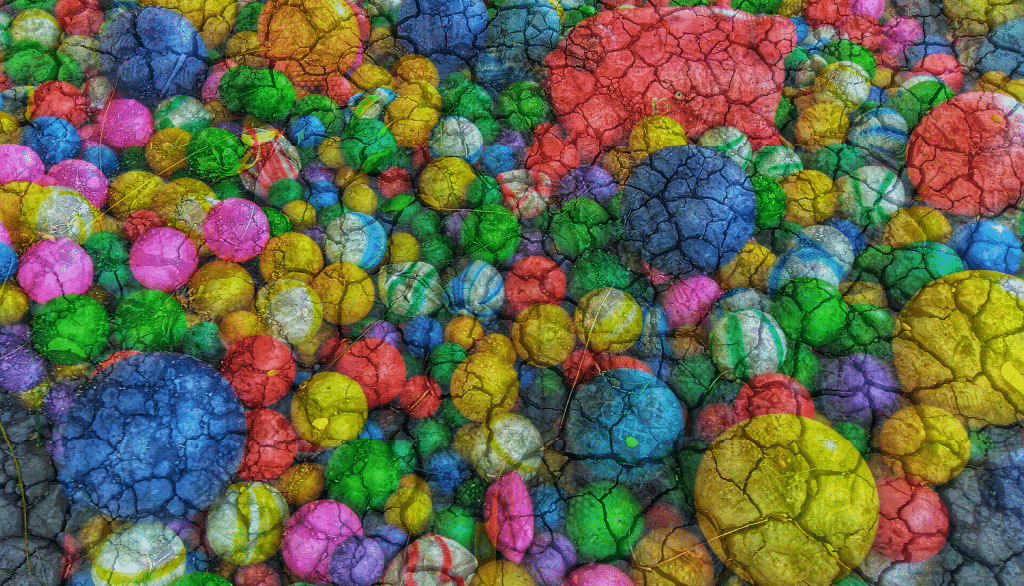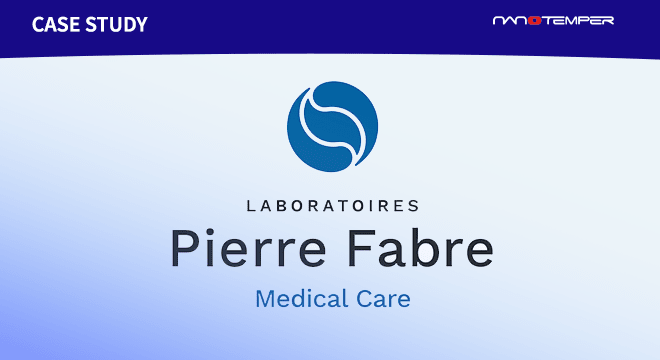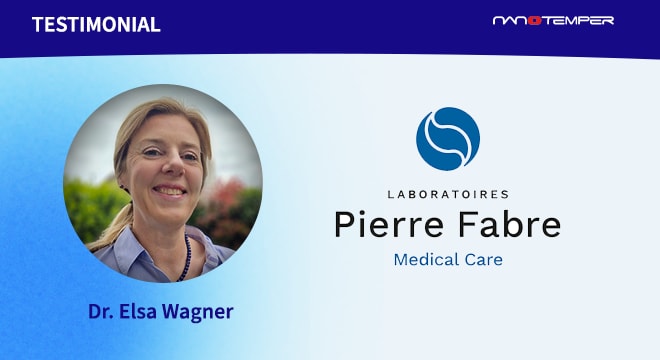
The old phrase “what you see is what you get” resonates strongly with scientists working with proteins as how their sample looks provides a wealth of information on how it will perform. While proteins are not visible to the naked eye, when a sample becomes turbid, it’s usually a sign something is off. The likely culprit is aggregation in the sample. The outcomes can be devasting ranging from poor quality or low purification yields, loss of protein functionality, and questionable, non-reproducible results.
What causes a protein to aggregate and eventually fall out of solution?
Aggregation occurs when conditions — pH, ionic strength, concentration, presence of additives and temperature — in a sample change. These types of changes typically occur throughout protein handling, analysis, and storage. Exposure to such stress can disrupt the native structure of a protein and expose its hydrophobic regions, which tend to clump together, forming large aggregates. Eventually, they’ll exceed the solubility limit and turn into insoluble precipitates.
Monitoring protein aggregation is crucial, but aggregates can’t always be seen by the naked eye. While some researchers use techniques such as dynamic light scattering (DLS), size exclusion chromatography (SEC) and turbidimetry to detect aggregation, these techniques are often time-consuming and take up large amounts of sample.
Prometheus, uses backreflection technology to monitor the level of protein aggregation in solution. This is achieved by the detection of the backreflection intensity of a light beam that passes the sample twice and serves as a measure for total aggregation in a sample. Using Prometheus, both thermal unfolding and aggregation can be measured simultaneously to reveal more information about the onset of aggregation as well as the timing and conditions that influence this event.
So always keep an eye on your sample prep. If it starts to get cloudy, that probably a red flag you need to address. Protein aggregation can cause major setbacks to purification or characterization workflows
If you want a clear picture of the aggregation propensity and stability of your protein using a quick, label-free and precise method, consider Prometheus.




















